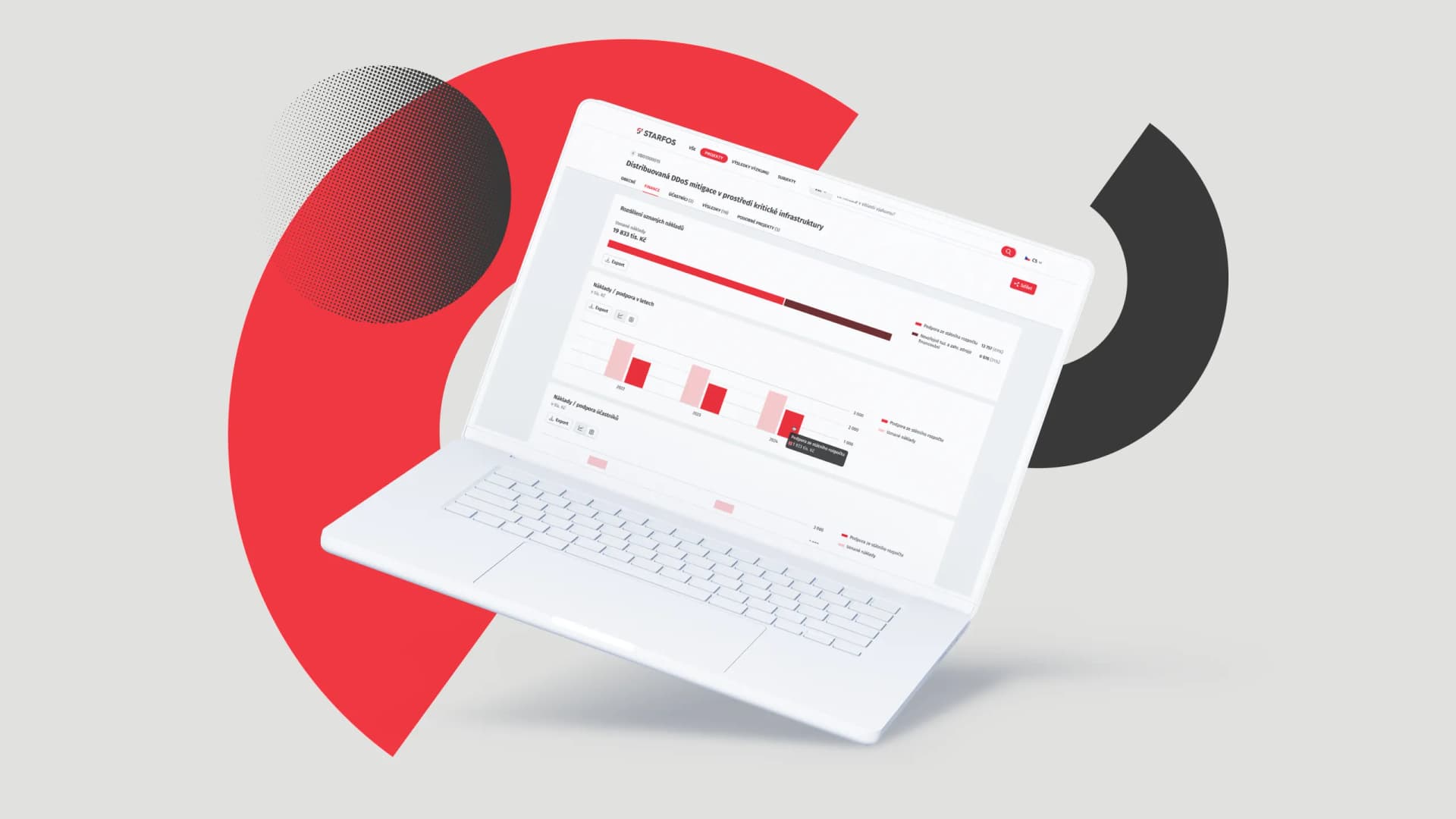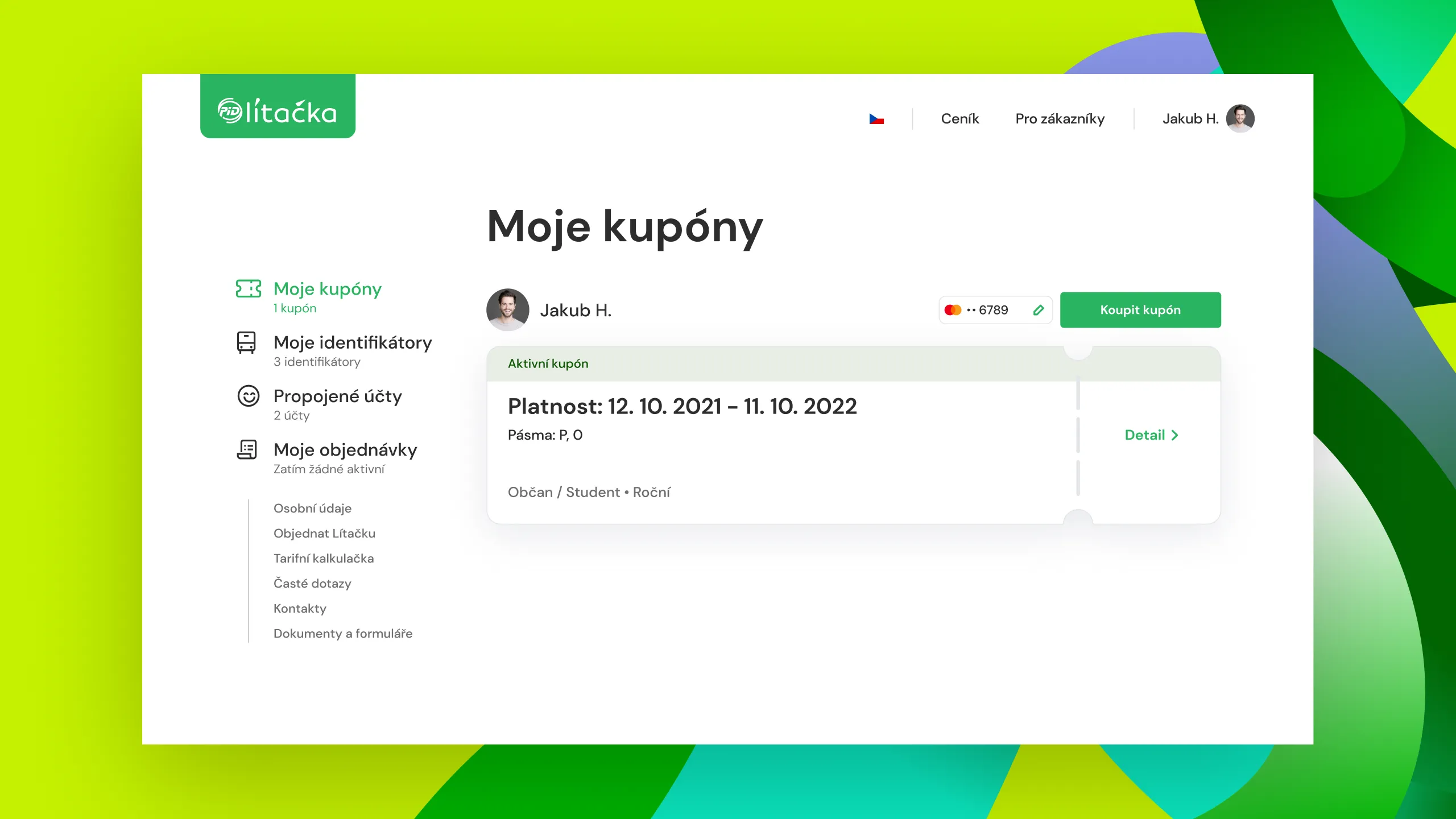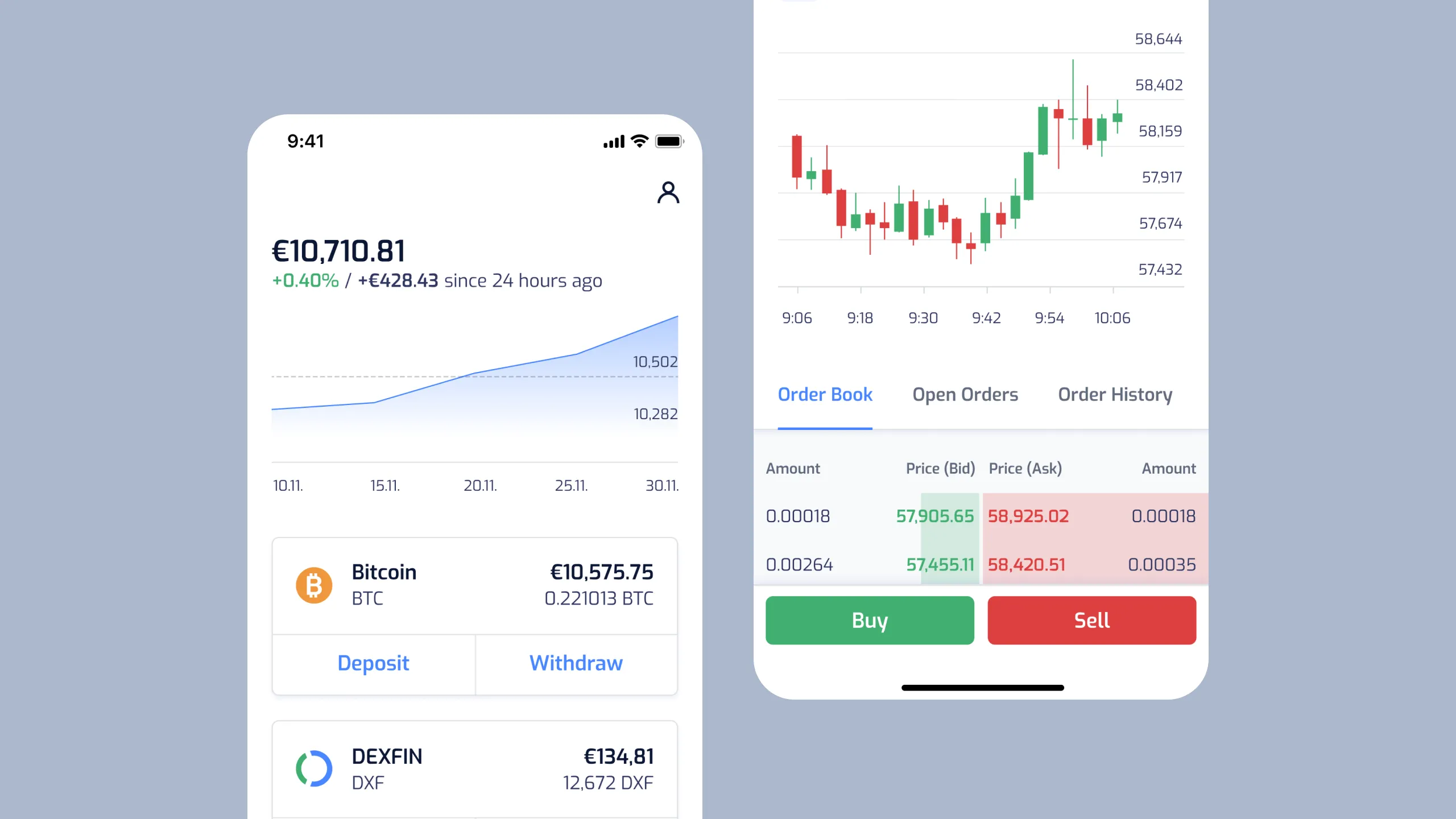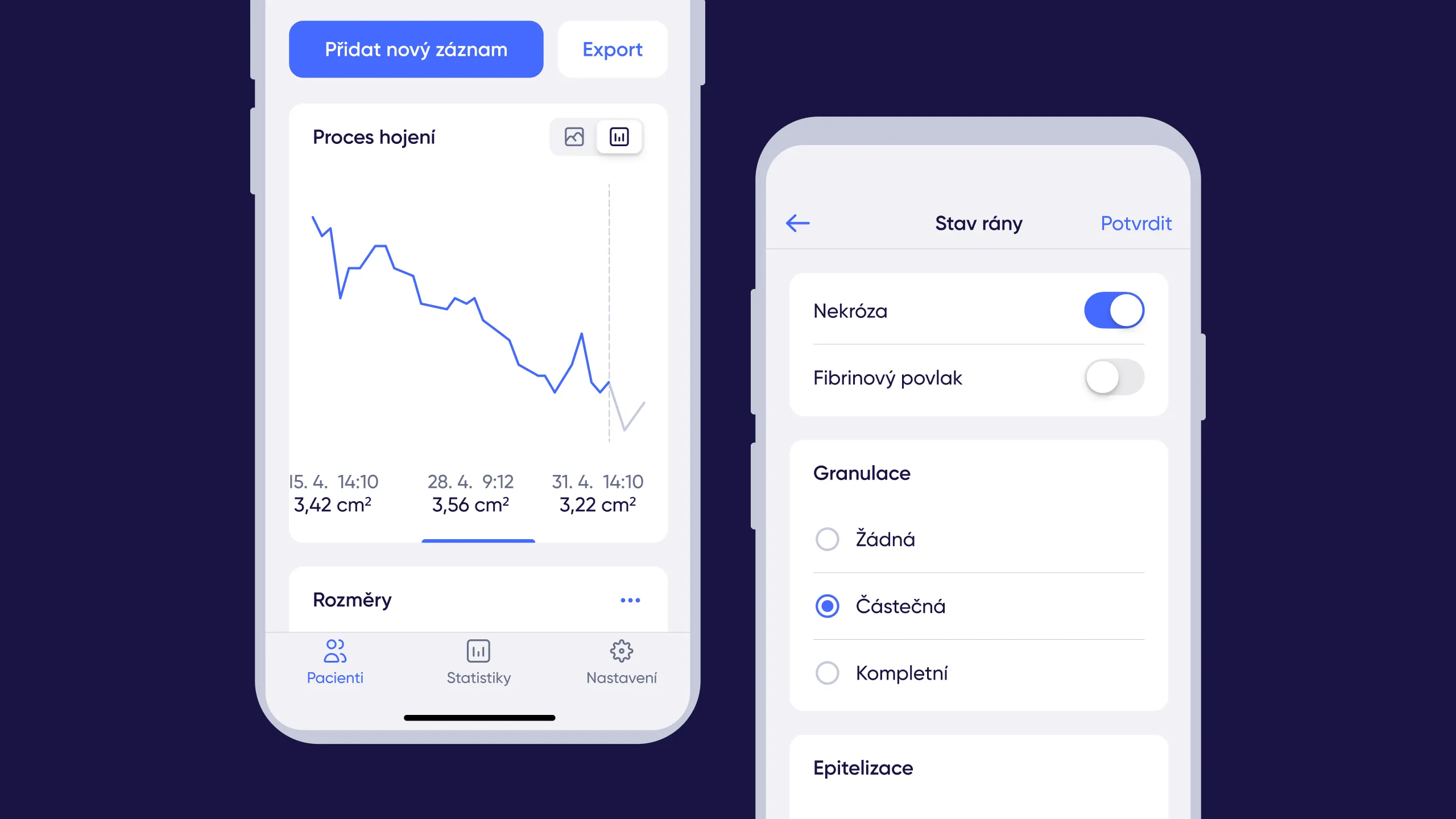Operations & Infastructure

DevOps & Cloud engineering
 01
01Automation

We develop software that requires minimal human interaction, from continuous integration, testing, deployment, and monitoring. Our development ensures that our clients get consistent and reliable business platforms.
 02
02Clustering

We manage generalization, data compression, the grouping of data points, and more for our clients. We perform cluster analysis through several clustering algorithms, including connectivity, centroid, distribution, and density models.
 03
03Monitoring

We oversee the whole DevOps development from its design and planning to its deployment. We manage applications, services, and their infrastructure at all times through various monitoring means to ensure proper continuity.
 04
04Migration

We are committed to a well-defined and planned approach to migration that streamlines the migration, no matter the transition scale, and optimizes the operating model as intended.
 05
05Troubleshooting

Suppose the client does not hire us from the beginning of a software development project. In that case, our experts are more than capable of finding and fixing any bugs causing problems in the existing infrastructure and will help your IT team solving any current issues.
 06
06Disaster recovery plans

We develop comprehensive recovery plans tailored to our client's solutions. Our IT experts ensure that our clients have all the information necessary to tackle any incident before it happens.
Architecture models
We are more than happy to work with private cloud, public cloud, and hybrid cloud architecture models, depending on your needs, flexibility, and preference.
Delivery models
We deliver tailored solutions in Infrastructure-as-a-Service (IaaS), Platform-as-a-Service (PaaS), and Software-as-a-Service (SaaS) cloud infrastructure delivery models.
Data management
We enable our clients to scale their resources through shared user infrastructure that considers data privacy with solid firewalls, advanced encryption, and other standards minimizing operating costs.
Security & Safe storage
Cloud migration allows our clients to pay for affordable and secure storage scaled to any demands. We are here to advise our clients on the best migration options while delivering on our promises.
Our workflow
01Discovery & Scope
We sit down with our clients and listen to their problems and needs. We dive into the issue, understand all of its implications and ask many questions to get all of the information possible to make our work faster.
02Research & Analysis
Once we have all the information in our hands, we analyse and do our research. We look at the most compelling solutions to implement and identify all their pros and cons to make informed decisions.
03Design & Prototyping
Before any development, we design and prototype our solutions. This stage allows us to identify any issues before development and speeds up our work and delivery. We inform our clients of our progress and keep them in the loop.
04Development
We develop and implement solutions tailored to our clients’ needs. Our developers are dedicated to achieving the best results and strive for the best deliverables that tick all the boxes.
05Quality Assurance
We commit to detecting any bugs before reaching production, and we make sure that all released solutions meet all the quality requirements before users get to enjoy them.
06Maintenance & Support
We provide on-demand support and technical know-how to our clients, ensuring the implementation and the running of the delivered software stays as smooth as possible, keeping our client’s satisfaction high.
Tech stack
- Angular
- Ansible
- Apiary
- AppCenter
- AWS
- Backbone
- BitBucket
- Bootstrap
- C#
- C/C++
- Circle CI
- CosmosDB
- Couchbase
- D3.js
- DigitalOcean
- Docker
- Elasticsearch
- Ember.js
- Firebase
- Flutter
- Foundation
- GitLab
- Go
- Google Cloud Platform
- Gradle
- Heroku
- Jasmine & Karma
- Java
- JavaScript
- Jenkins
- jQuery
- Kotlin
- Kubernetes
- Maven
- Microsoft Azure
- MongoDB
- MySQL
- .NET
- Next.js
- Node
- Objective-C
- PostgreSQL
- Puppet
- Python
- React.js
- React Native
- Sass
- Scala
- Solr
- SonarQube
- SQLite
- Swift
- TFS
- TypeScript
- Vue.js

Systems integration
 01
01Architecture design

We conduct assessments of systems structures and exhaustive gap analysis to create appropriate data models and architecture. Only thorough architecture can allow us to prepare the fitting middleware that we need.
 02
02Integration design

We design the most desirable ways to bring together various components, no matter the challenges that stand in our way. We delve into any work and bring about the return on investment that our clients seek.
 03
03Implementation

We combine any subsystems into one. We have verifiable experience with implementing software apps and system elements and know the difference between implementation and integration.
 04
04Maintenance

We provide fast response to maintenance issues that might arise. Maintenance management software allows us to ease the pressure off of our clients and provide them with convenient stability and security.
01Lower running costs
Businesses with integrated IT infrastructure can make accurate business decisions, get error-prone information, save time, energy, and money, and maintain their applications up-to-date without wasting talent on administrative and monotonous tasks.
02Enhanced productivity
Systems integration undoubtfully boosts employee productivity as integrated systems eliminate the need for juggling multiple tools when completing a task. Integration also removes manual data transfer and decreases work hours spent on mundane responsibilities.
03Revised data accuracy
Duplicating data across systems increases the chances of mistakes, which can be disastrous when making major strategic decisions. Reduce confusion and space for error by integrating your systems into one flexible solution.
04Better communication
Allowing company departments to share information seemlessly will ease their workload, improve transparency, and encouraging teamwork. Workers relieved of repetitive e-mail requests will also feel more relaxed and happy to answer actually valuable requests.
05Improved service
Due to systems integration, data sharing and tracking become much faster and more reliable. The customer service department will solve customer requests and questions faster, keeping customer satisfaction and customer ratings high.
06Higher sales
Streamlining the whole sales process means that the order fulfillment rate improves, increasing sales in the long run. Meanwhile, businesses can focus on improving the customer sales journey and invest in other business areas that will grow their sales potential.
Continuous integration
CI solves the problem of having too many app branches in development that could come into conflict by developing code in a sequence through regular build, testing, and merging the code into a repository.
Continuous delivery
This CD means that changes made to a released application are automatically tested and merged into a repository to be released. This approach is beneficial when businesses define requirements gradually or if communication between the business and development teams faces obstacles.
Continuous deployment
This CD builds on the previous one by automating the release of the software changes saved in the repository into production. This approach helps ease the workload of operating teams and allows speedier app development.

































